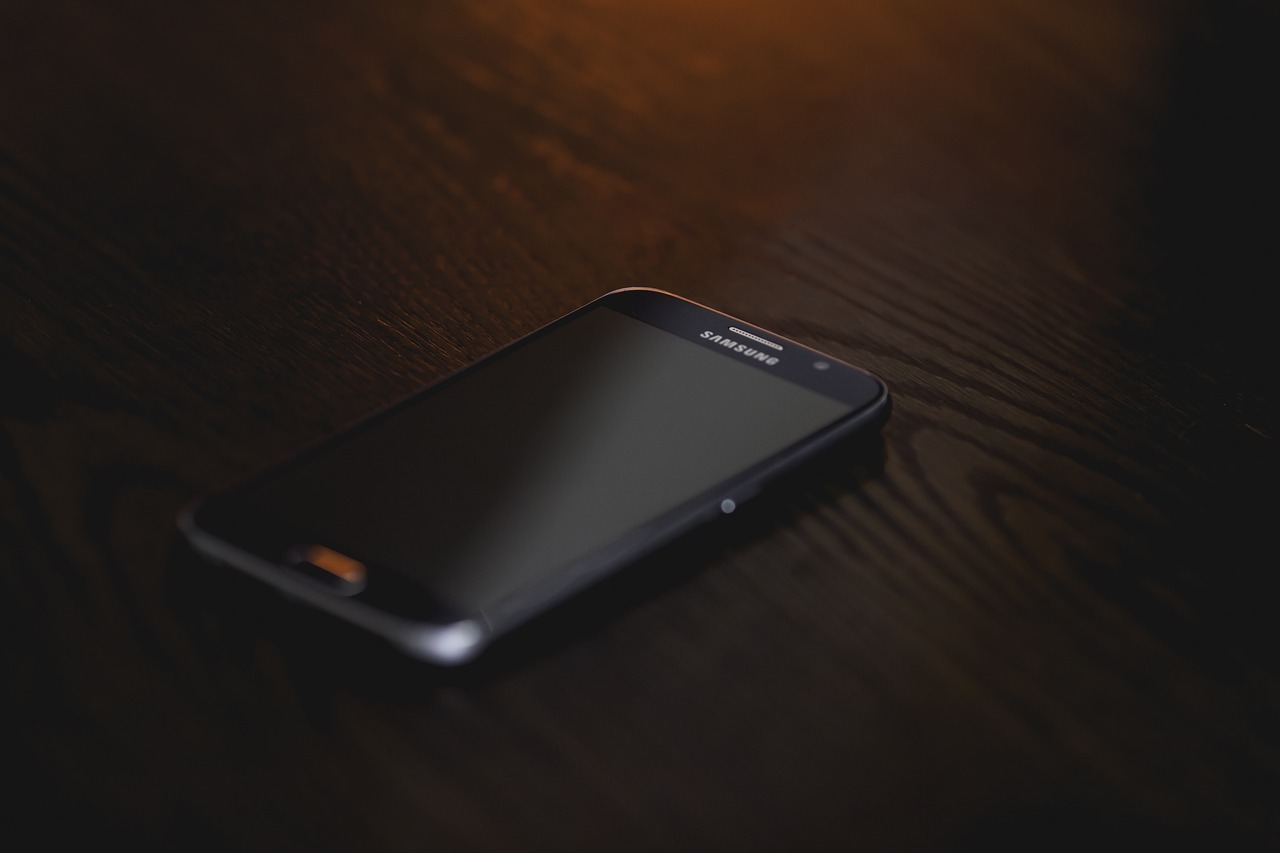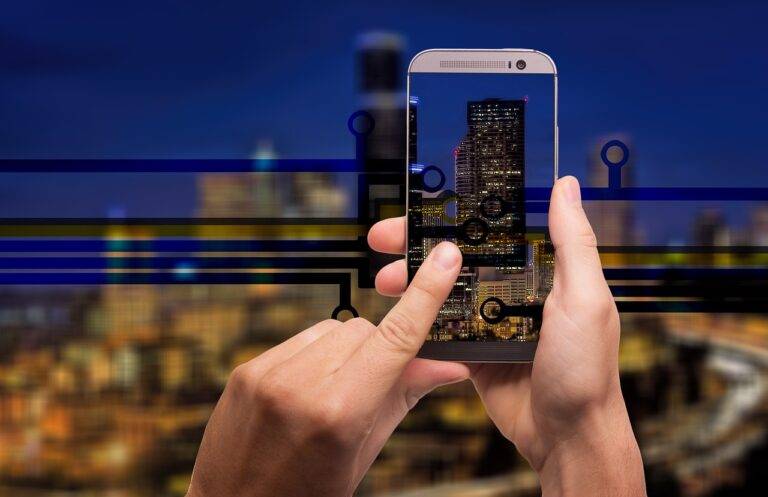Technology and Accessibility
People with disabilities often encounter barriers that impede their full participation in various aspects of society. One significant challenge is the lack of accessibility in the physical environment, making it challenging for individuals with mobility impairments to navigate spaces independently. The absence of ramps, elevators, and other accommodations can restrict their ability to move freely and engage in activities like others.
Another common difficulty faced by people with disabilities is the lack of inclusive education and employment opportunities. Discriminatory practices and inadequate support services can hinder their access to quality education and suitable job roles. This exclusion not only affects their personal growth and development but also perpetuates societal misconceptions about their capabilities and contributions.
Importance of Inclusive Design in Technology
Inclusive design in technology is essential for ensuring that everyone, regardless of their abilities, can access and use digital products and services. By considering a diverse range of users during the design process, companies can create products that are more accessible and user-friendly for all individuals. This approach not only benefits people with disabilities but also enhances the overall user experience for everyone.
Moreover, inclusive design promotes diversity and equality in the digital world, contributing to a more inclusive society. When technology is designed with inclusivity in mind, it reflects a commitment to valuing the unique needs and perspectives of all individuals. By prioritizing inclusive design principles, companies can foster a more inclusive environment where all users feel empowered and respected.
Assistive Technologies for Various Disabilities
When it comes to assisting individuals with visual impairments, technologies like screen readers and magnification software play a crucial role. Screen readers convert text into speech, enabling users to navigate websites and applications, while magnification software helps visually impaired individuals enlarge text and images for better visibility.
For individuals with hearing impairments, technological advancements have led to the development of communication tools such as video relay services and captioning software. Video relay services provide real-time interpretation between sign language and spoken language, facilitating seamless communication. Captioning software generates text captions for audio content, ensuring that individuals with hearing impairments can access and understand multimedia materials efficiently.
What are some common challenges faced by people with disabilities?
Some common challenges faced by people with disabilities include limited access to information, barriers to physical spaces, and difficulties in communication.
Why is inclusive design in technology important for people with disabilities?
Inclusive design in technology is important as it ensures that products and services are accessible to all individuals, including those with disabilities. It promotes equal opportunities, independence, and social inclusion.
What are some examples of assistive technologies for various disabilities?
Some examples of assistive technologies for various disabilities include screen readers for individuals with visual impairments, hearing aids for individuals with hearing impairments, and adaptive keyboards for individuals with motor impairments.
How can assistive technologies improve the quality of life for people with disabilities?
Assistive technologies can improve the quality of life for people with disabilities by increasing their independence, enhancing their communication abilities, and providing access to education and employment opportunities.





